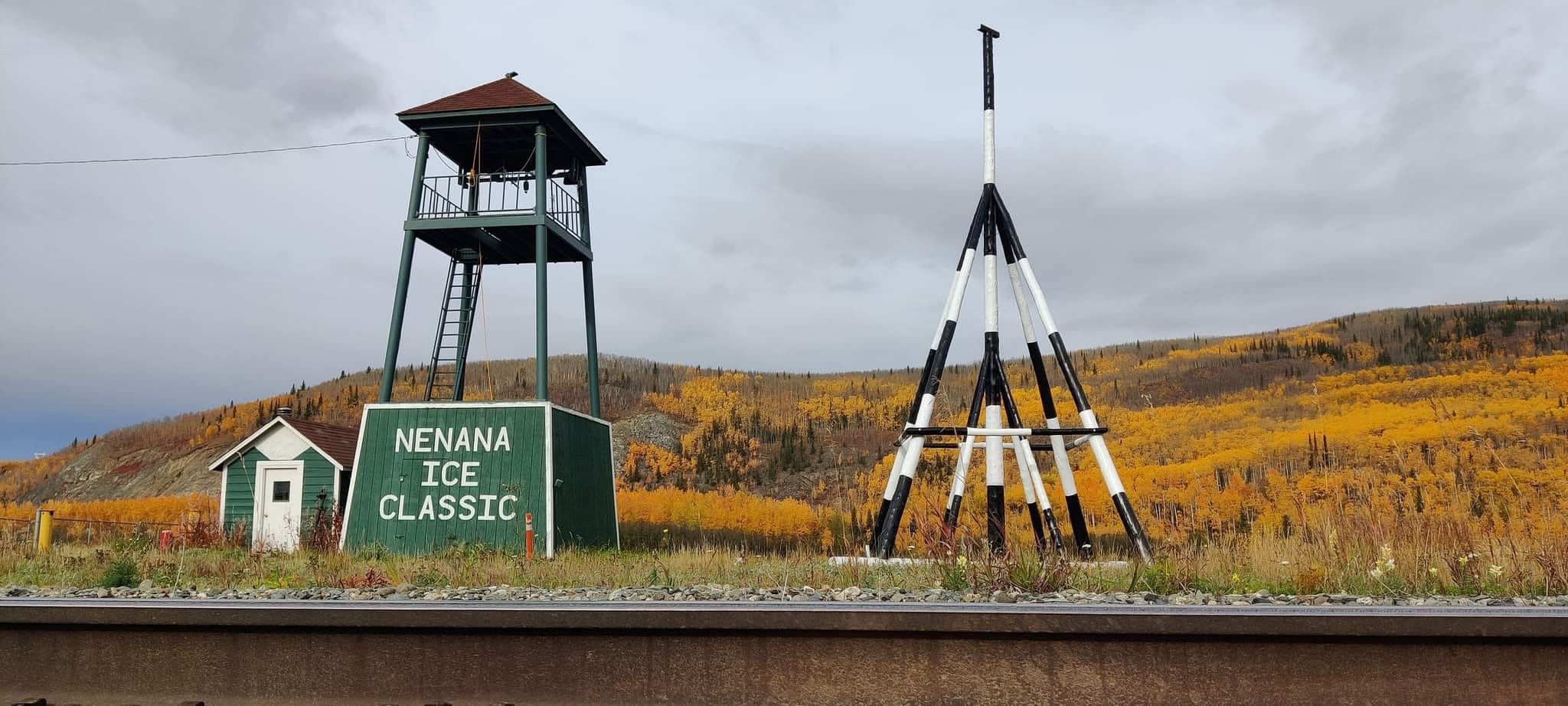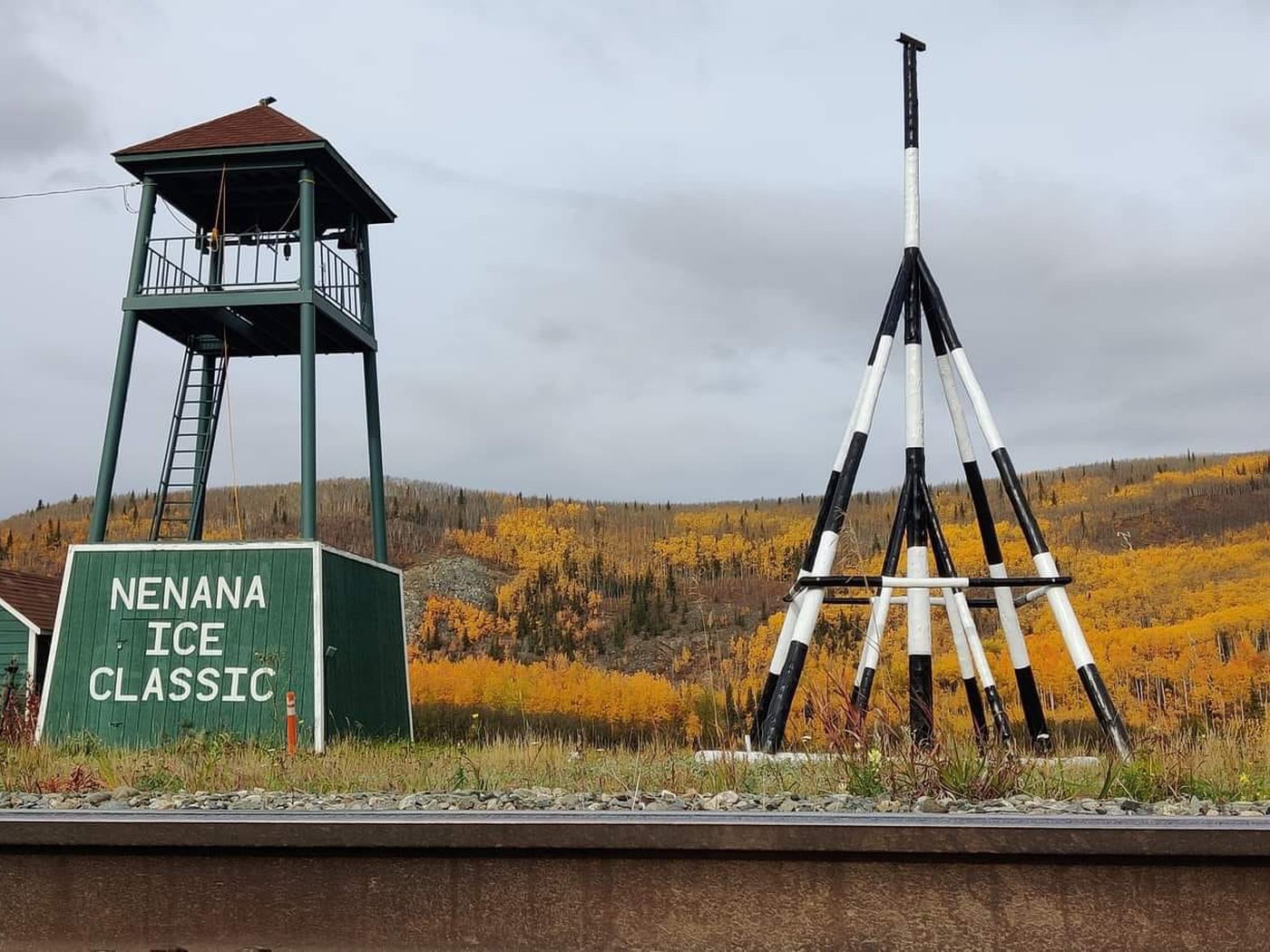In the central Alaskan town of Nenana, watching ice melt is more exciting than it sounds. Each spring for more than 100 years, residents have organized a high-stakes guessing game over when the ice will break up on the Tanana River.
After a long, cold winter, the ice on the Tanana, which runs alongside the town, can measure more than three feet thick. But as the weather warms in the early spring, participants keep a close watch for signs that the ice is starting to soften. This year, they have until April 5 to buy a $3 ticket and enter a guess about when the ice will melt enough to start floating in pieces downstream. Whoever gets closest—to the day, hour and minute—will win a substantial pot of money and bragging rights as the Nenana Ice Classic champion.
“It’s unique—I don’t know anywhere else in the world where people stand around watching ice melt and move,” says Nenana Mayor Joshua Verhagen. “People get really excited about it. I would say there’s quite a lot of enthusiasm just about the tradition and the possibility of winning.”
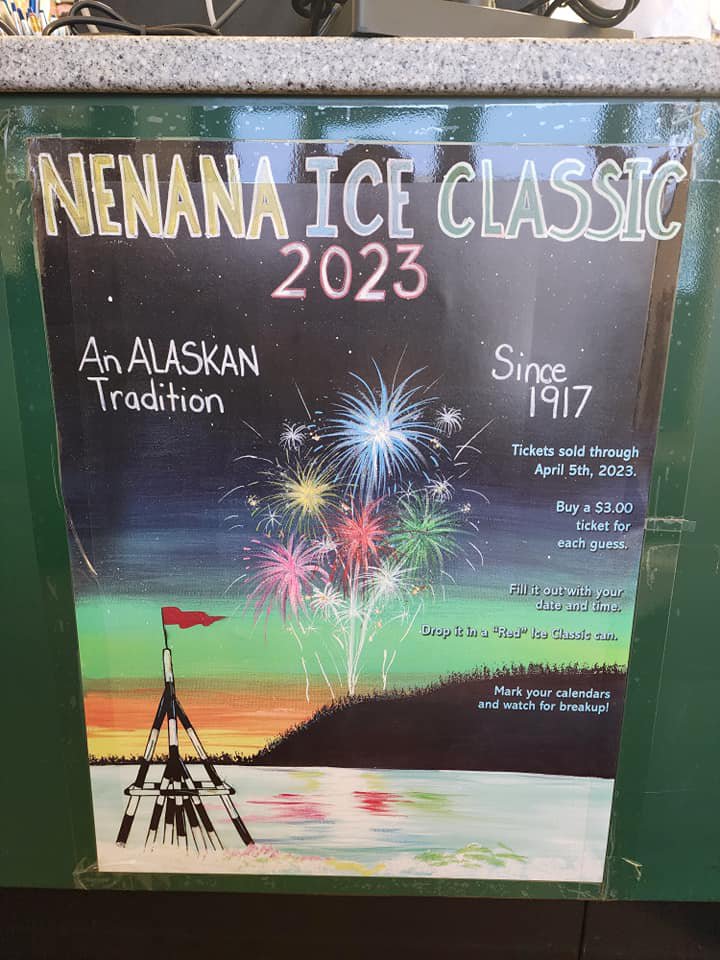
Residents have developed their own system for determining when, exactly, the ice breakup happens. In early March, organizers affix a nearly 30-foot-tall wooden “tripod”—which actually has four legs—into the ice. When the ice moves and the structure travels 100 feet, a cable attaching it to shore sets off a siren, drawing a crowd to the riverbank. The cable also stops a clock that records the exact moment the tripod hits the 100-foot mark. The earliest time ever recorded was 12:21 a.m. AKDT on April 14 in 2019, and the latest was 2:41 p.m. on May 20 in 2013.
“Everyone’s in their houses, and the next thing you know, that riverbank is loaded—I mean loaded—with people,” says longtime Nenana resident Margie Riley, 79. “It’s a celebration.”
The Nenana Ice Classic has been a beloved tradition for generations of Alaskans, both in the town of about 350, located 55 miles southwest of Fairbanks, and across the state. The annual event is so ingrained in the calendar that it’s almost like a fifth season between winter and spring, according to Ice Classic director Megan Baker.
The Nenana Ice Classic got its unofficial start in 1906. Nenana was a small settlement with a population of about 50 or 60 when the manager of a local roadhouse and a few of his friends made a casual wager, Verhagen says. But it wouldn’t become an annual tradition until 1917, when railroad workers took bets and paid out $800 as the first official jackpot. Starting the year prior, Nenana had ballooned in population to about 1,000 with an influx of railroad workers building the northern division of the federally funded Alaska Railroad, which connected Seward to Fairbanks. The date of the ice breakup on the Tanana was key information for engineers building a railway bridge across the river, a project that marked the completion of the Alaska Railroad in 1923, because they set up scaffolding and supports for the bridge directly on the ice. While the tradition had already been underway, Verhagen says, it was the railroad construction that made the Ice Classic—and Nenana—boom.
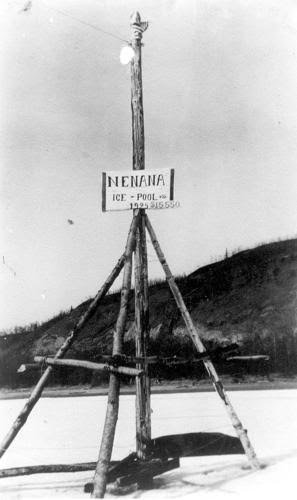
The tradition has grown steadily since. In 2014, the Ice Classic marked its highest jackpot at more than $360,000. Ticket sales lagged a bit during the first years of the Covid-19 pandemic, Verhagen says, but numbers—and the jackpot—are slowly returning to pre-pandemic levels. The event can sell upwards of 250,000 tickets each year, and in 2022, 18 winners split a $242,923 jackpot.
But the Nenana Ice Classic is much more than just a chance to win cash, Baker says. It’s a community touchstone that provides much-needed employment opportunities, social connection and charitable support for local groups like schools, libraries and shelters. In addition to the jackpot, money from ticket sales goes to local charities that request donations, as well as to operating costs, such as seasonal staff. The tripod itself is a local icon. It is prominently featured in imagery around town, says Verhagen, and it’s even incorporated into the town logo.
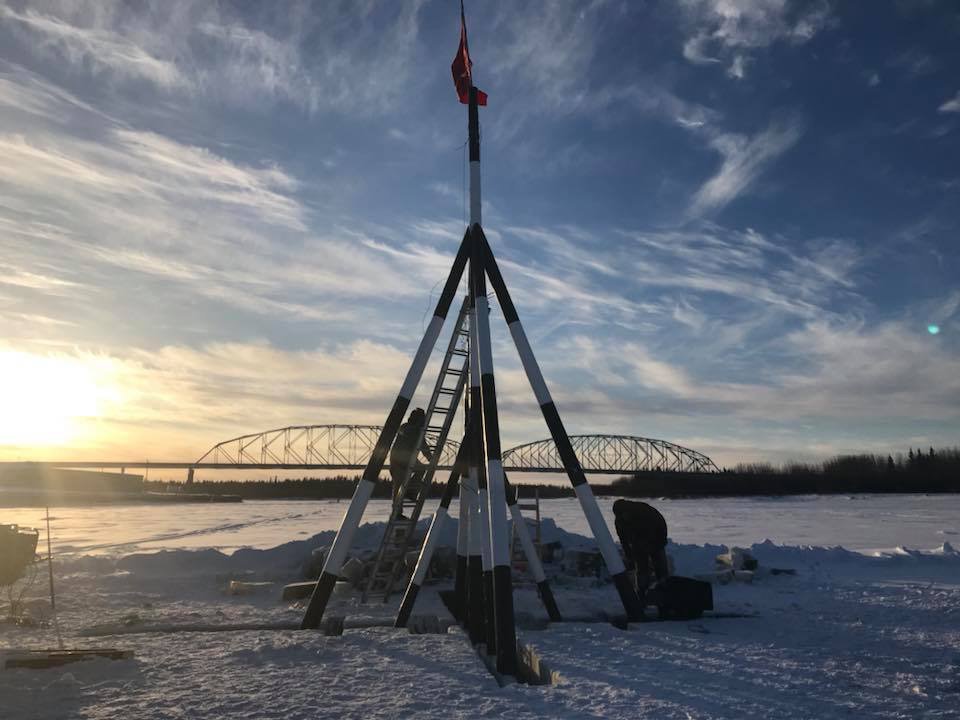
“I grew up in Nenana, I was raised here, and as a young child, the Ice Classic is part of your upbringing,” says Baker, 33. “We would come and watch the ice moving down the river, and we would come to see the tripod moving. It was a huge spectacle.”
Residents say the ice breakup happens differently every year—some years it’s underwhelming, and other years, it’s dramatic.
“Sometimes it gets really warm, and it just melts out and floats away,” says Jimmy Duyck, 68, one of three ice “watchmen” who keep guard over the tripod and cable 24/7 from a building on shore as the ice shows signs of melting. “Other times it just breaks all the ice up—it starts tumbling over, like when a car goes end over end crashing. It actually does that in the water. Big chunks of ice will come up in the air, and it’s really, really loud.”
The community marks the beginning of Ice Classic season with “Tripod Days.” The weekend-long celebration in early March consists of food, music, vendors selling traditional Alaskan crafts, a banana-eating contest, a lemon-eating contest, a moose-calling contest and an “Ugly Carhartt” contest (to determine who has the grungiest work coveralls.) A limbo pole is hoisted up between two tripod replicas for a friendly competition. And the weekend culminates with the main event: the raising of the tripod on the ice.
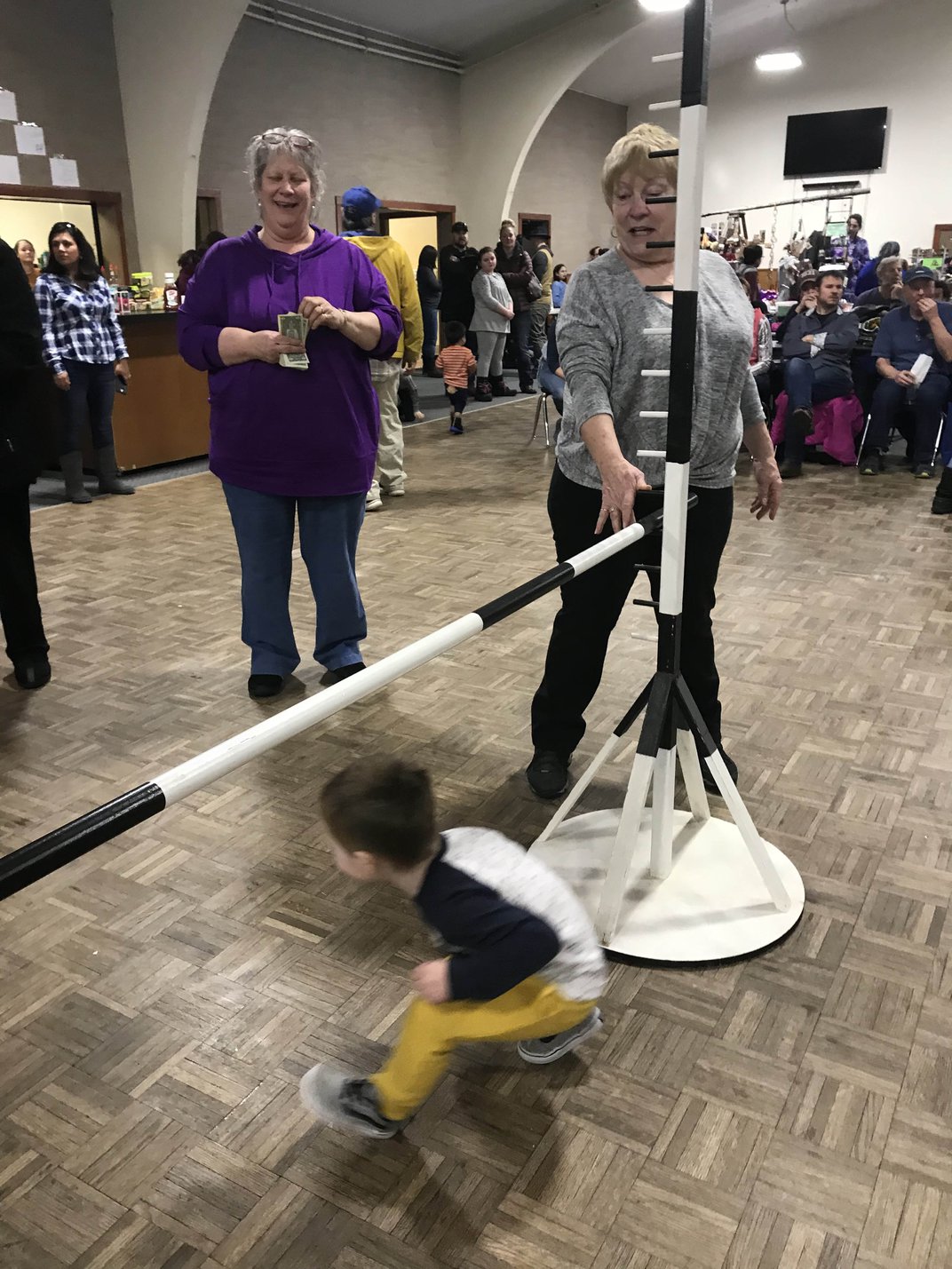
The tripod is typically built and painted its traditional black and white the summer before by a local contractor, and it’s put on display near the rail tracks where Alaska Railroad passengers can see it as they pass through town. During Tripod Days, it’s disassembled and transported down to the river. Event participants reassemble and raise the structure, setting it into trenches dug into the ice, which are then flooded with river water to freeze it in place.
“Everyone’s excited about putting the tripod up,” says Donnette Herren, 66, a longtime former Ice Classic administrative assistant who first started working the event as a ticket sorter when she was 14. “They all run down to the river and watch.”
And in a small town where job opportunities are limited, many people rely on the seasonal work the Ice Classic provides for extra income, Riley says.
Like many older Nenana residents, Riley has worked for the Ice Classic for years in different capacities. Now a board member for the Nenana Ice Classic Association Inc., the nonprofit charitable gaming organization that organizes the event, Riley started out as a ticket “turner” in 1966, flipping over tickets so a typist could write up the purchaser’s timing guess using an Underwood typewriter. These days, workers use computers for data entry, says Cherrie Forness, who was the director of the Ice Classic for 26 years before handing over the reins to Baker last year. But otherwise, “everything is still handled the same,” Forness says.
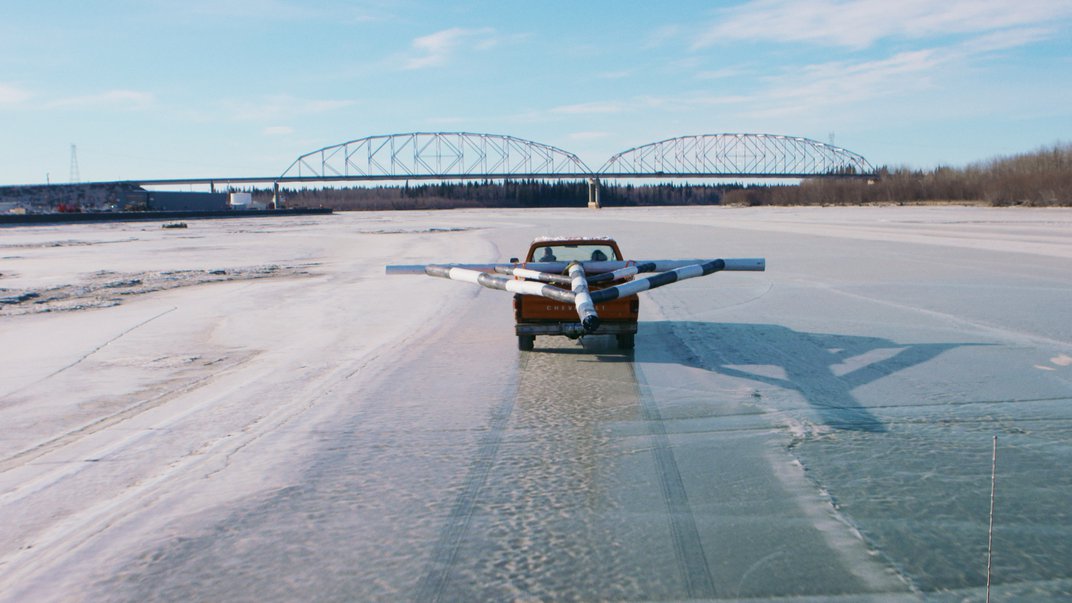
In January, the Ice Classic staff prepare to mail or deliver the ticket cans—large, red jugs emblazoned with an image of the tripod—to businesses across the state that sell Ice Classic tickets. Customers fill out tickets with their guesses and drop them into the cans, which sit on countertops at gas stations, barbershops, convenience stores and grocery stores between February 1 and April 5. Then, the cans are picked up by Ice Classic staff or mailed back to Nenana.
Forness and Herren have traveled hundreds of miles across the state over the years, trailers in tow, delivering and retrieving cans from ticket agents.
“Every winter when we were delivering stuff to [the ticket agents], everybody would say, ‘Oh good, we know spring is coming now. We have something to look forward to,’” says Forness.
Once the tickets are back in Nenana, organizing them is a community-wide effort. The Ice Classic employs between 95 and 105 people each year, more than a quarter of the town’s residents, to take on the Herculean task. The process involves “pigeonholing,” or sorting the tickets numerically into wooden cubbies. Workers team up to help typists enter the information from each ticket into a computer program, which sorts the guesses chronologically. Workers then double-check the data against the paper tickets multiple times for any mistakes. The process takes several weeks, and sometimes, the ice breaks before workers are done sorting. But even though participants are clamoring for details, everyone must wait until the job is done before the winners are determined.
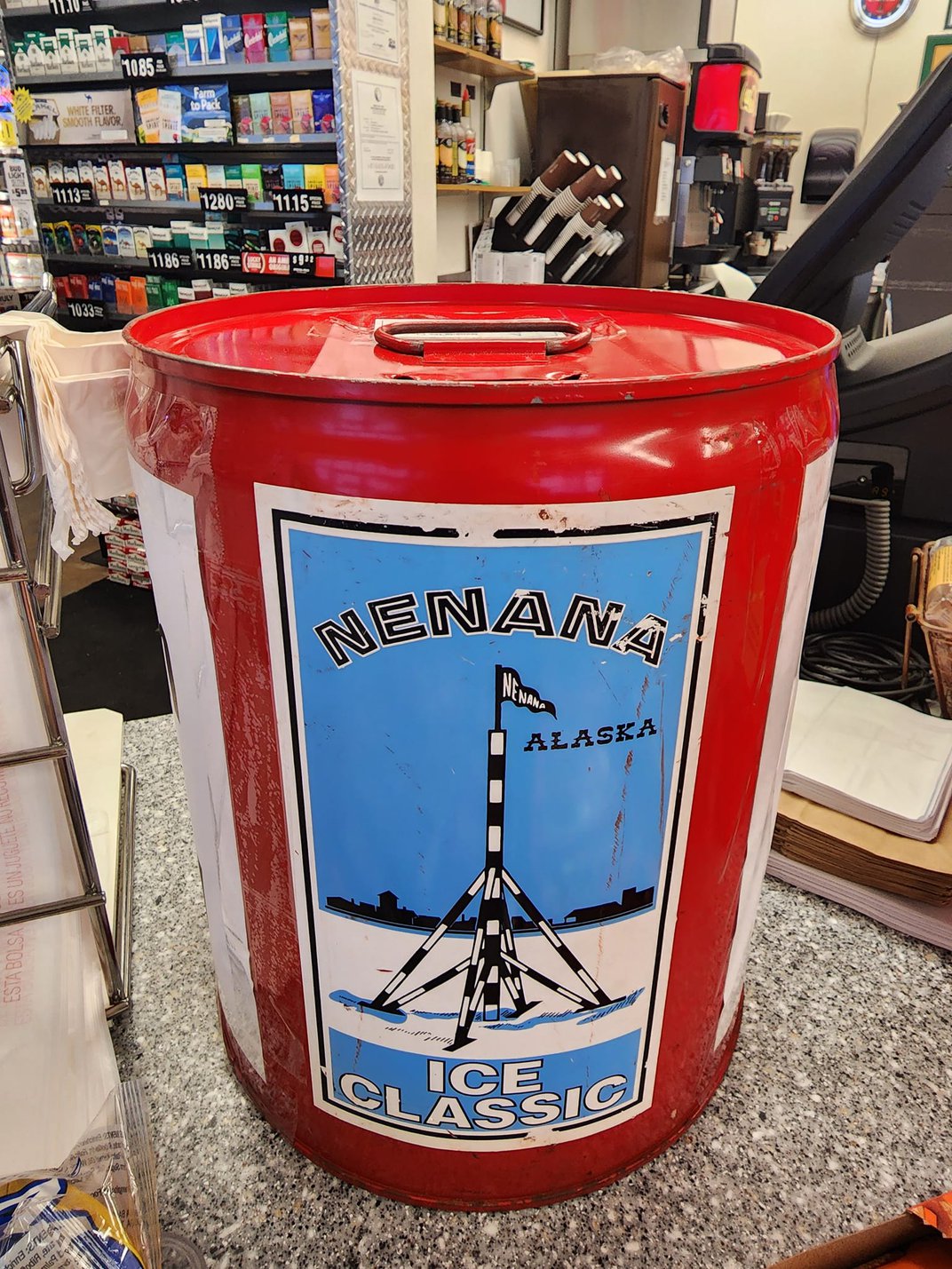
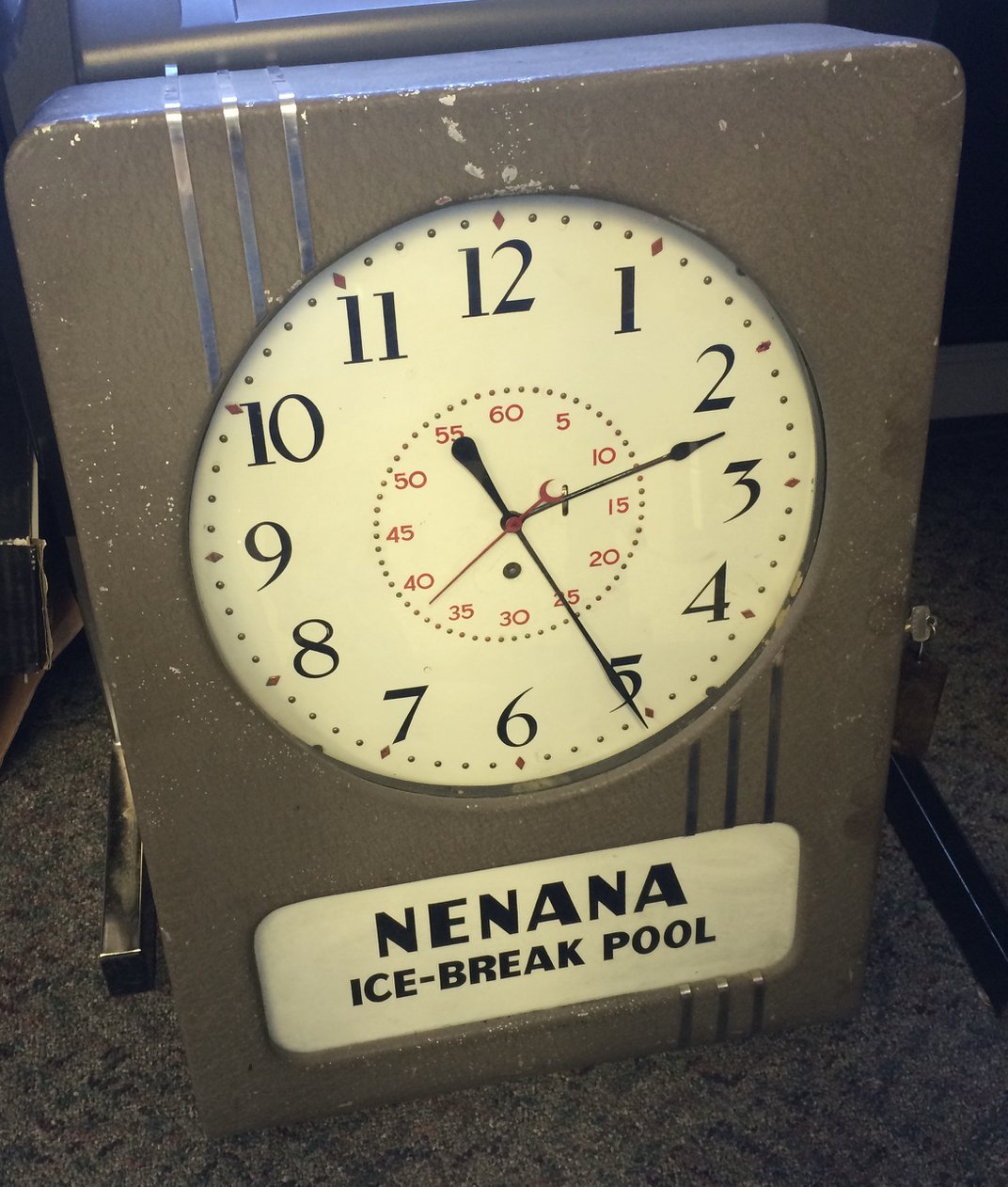
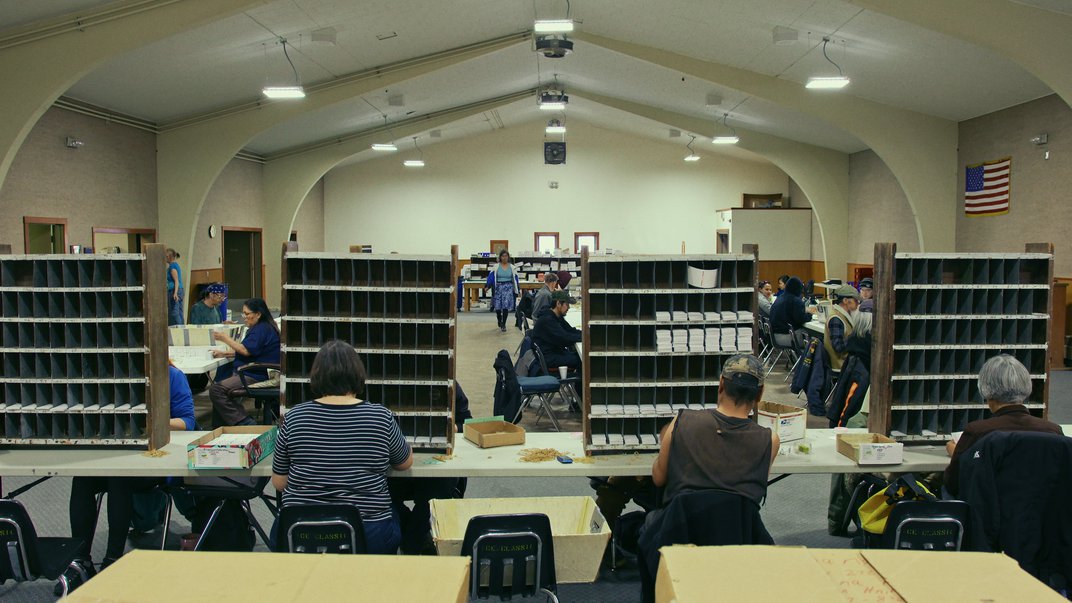
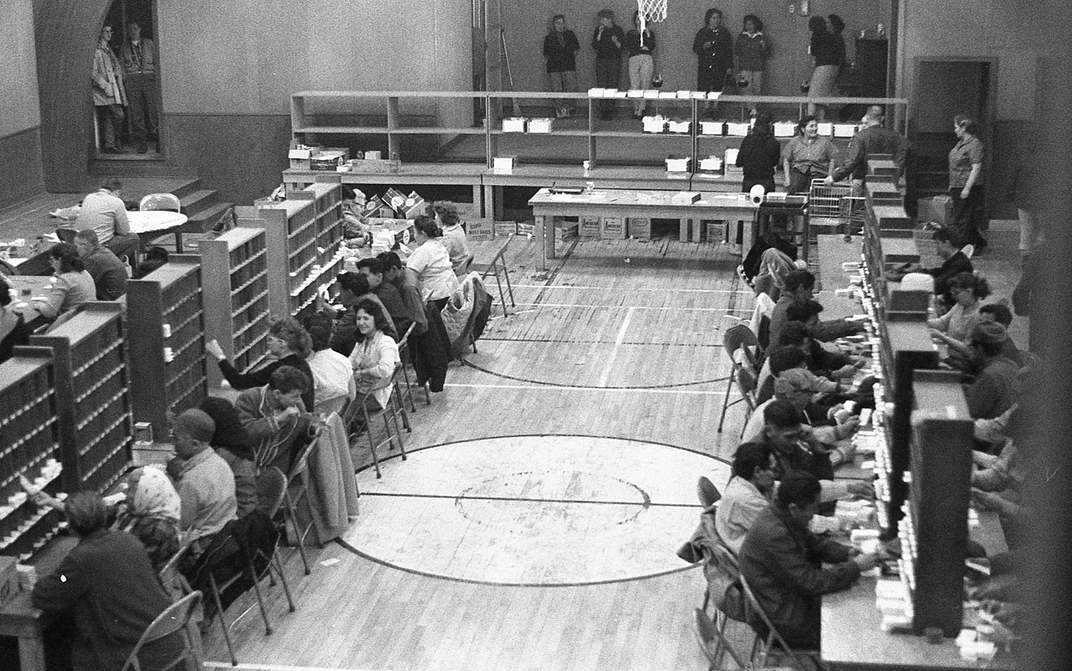
Organizers admit the system is antiquated. But moving the ticket system online would pose a challenge, because Alaska gaming regulations require tickets to be sold in the state. People from out of state and even around the world have participated, but they must either visit in person or call in their guess to the Ice Classic office and mail a check. More people from outside of Alaska participated this past year, which organizers suspect is because of publicity from a 2022 segment on the “Last Week Tonight With John Oliver” show featuring the Ice Classic. The event was also the subject of a 2019 feature documentary, Classic. An online system also poses concerns about the economic impacts to ticket agents and seasonal workers, Baker says. For now, organizers are exploring other ways to expand the Ice Classic, like the possibility of selling merchandise and growing its social media presence.
Ice Classic participants have a variety of strategies for picking their time slot. Some monitor the ice conditions upriver, while others keep tabs on the ice measurements that Ice Classic staff post online. (Organizers drill into the frozen river in the late winter months as the ice grows thicker and post the depth measurements online regularly until the ice conditions are no longer safe.) One technique is to buy blocks of tickets to guess for multiple time slots on the same day, and another is to wait until the last minute to check weather conditions before entering the contest, Baker says.
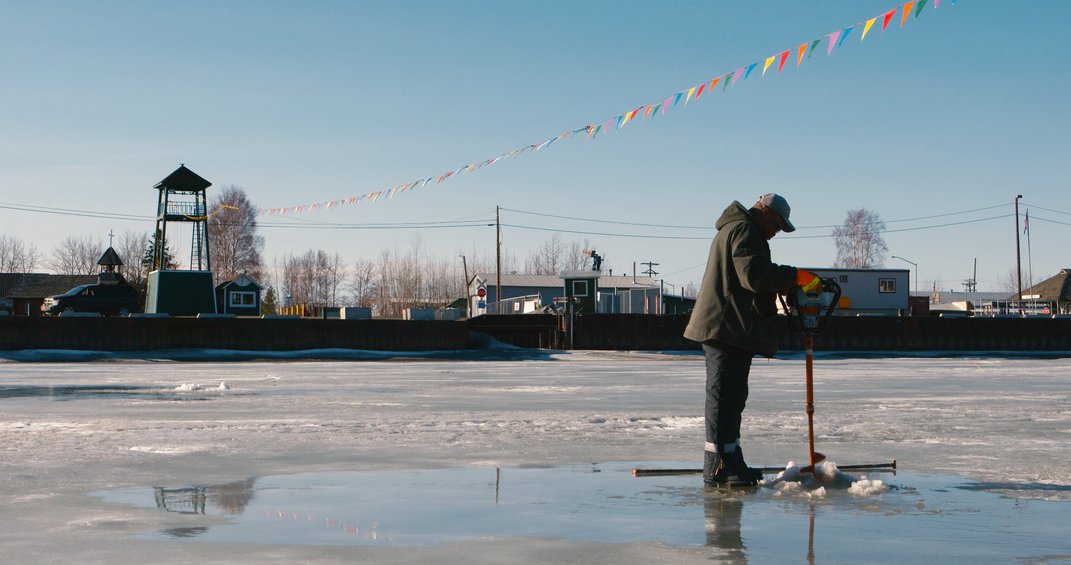
A study by the University of Alaska Fairbanks’ International Arctic Research Center about the effect of climate change on Alaska’s environment notes that the ice break on the Tanana River, as documented by the Ice Classic, has trended earlier in recent years. Often the winners guess the breakup to the very minute, but if no one guesses the minute correctly, it’s the next closest minute.
“Of course, money’s nice, but I think it’s a badge people wear,” Baker says. “People are like, “I won the Nenana Ice Classic!’ People are very proud of it.”

Last year, the ice broke on May 2 at 6:47 p.m. The 18 winners included individuals and several groups who pooled their money to buy multiple tickets. One of the winners, Joseph Dinkins, a Fairbanks barber who also won in 2006, says he’s been buying tickets for the same time slots since he first started playing in 1994. Because of the large number of winners splitting the $242,923 jackpot, Dinkins took home about $13,000—not as much as the $34,000 he took home in 2006, but “better than nothing,” he says.
Dinkins’ Fairbanks barbershop is also a top ticket-seller for the Ice Classic. Known as a multiyear Ice Classic winner, Dinkins says he is getting a lot of questions from customers about his prediction for this year’s ice break.
“6:25 p.m. April 30,” Dinkins says. “If you ask me right now, that’s what I’d tell you.”
